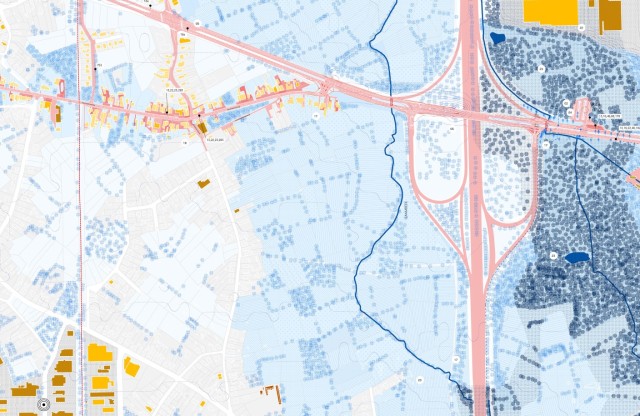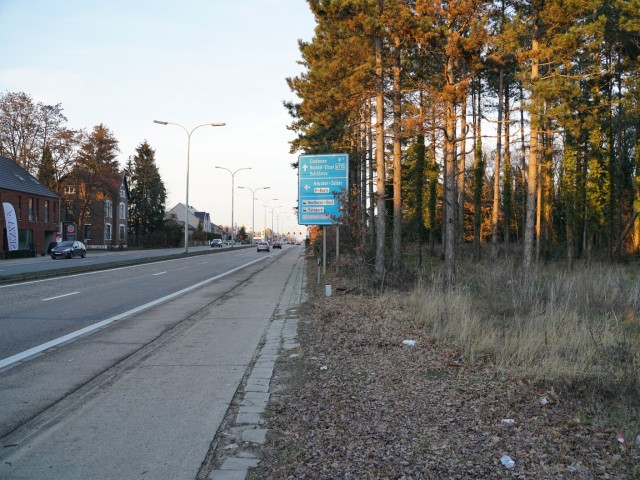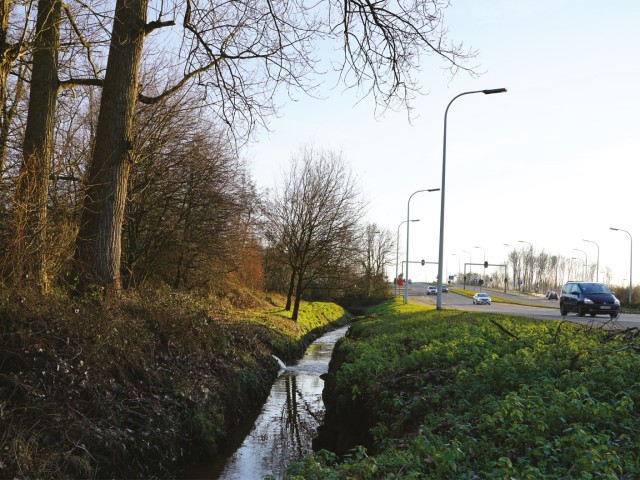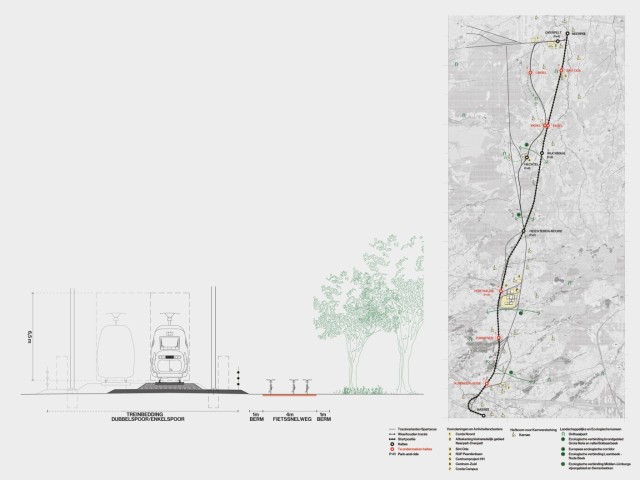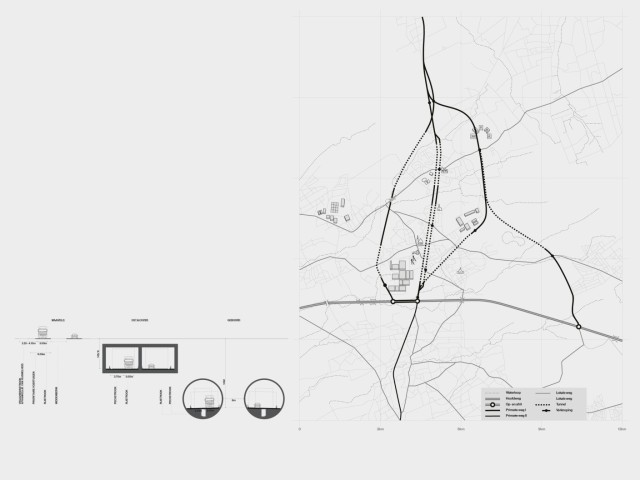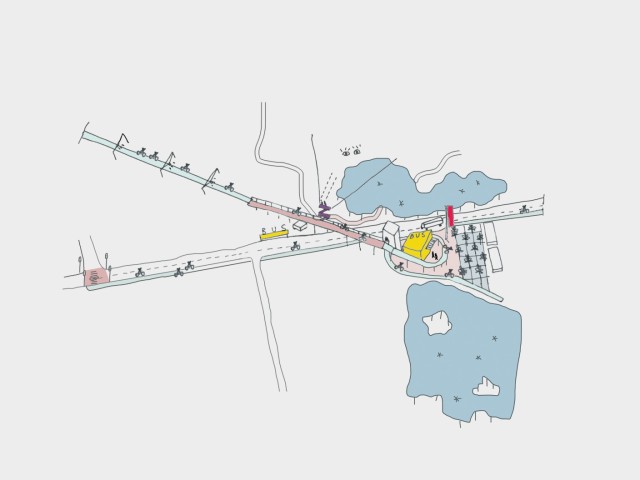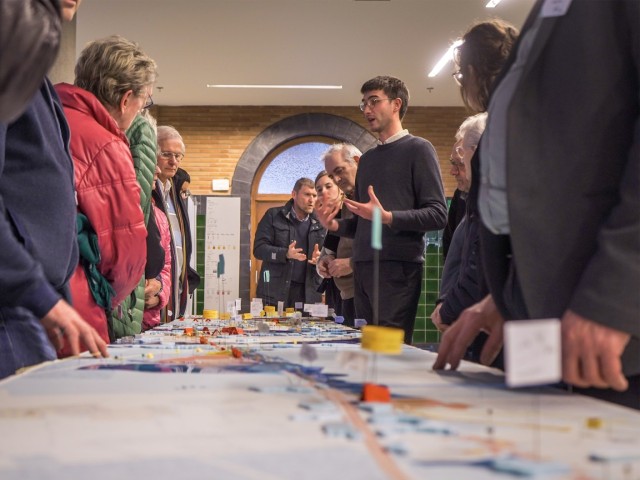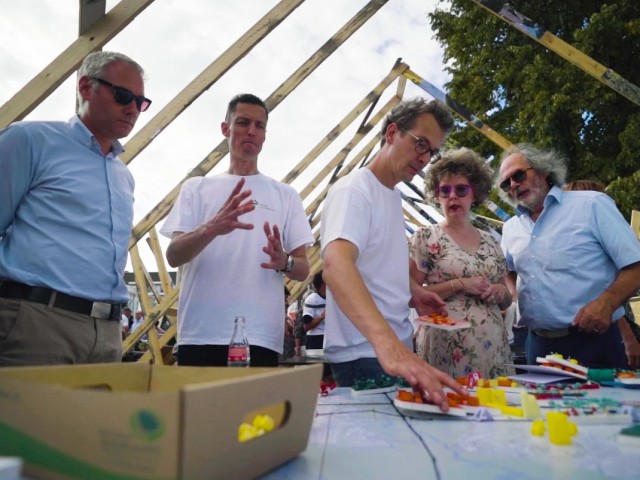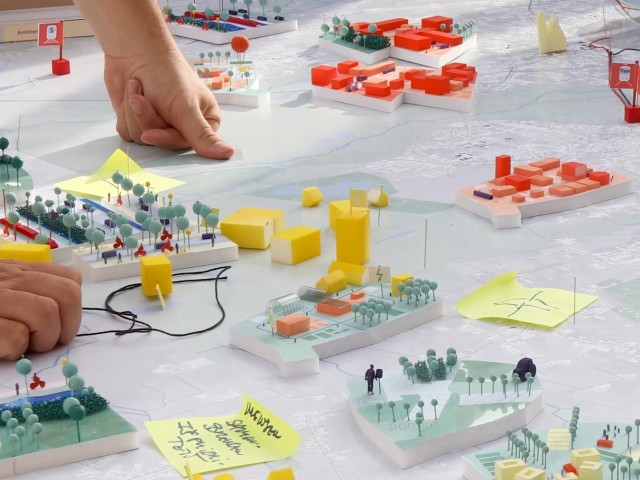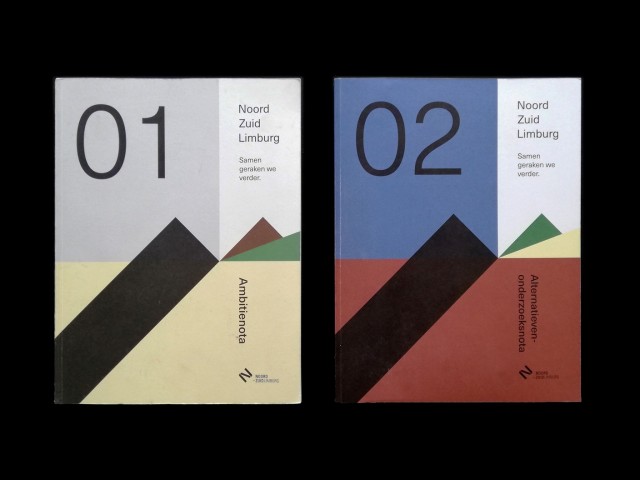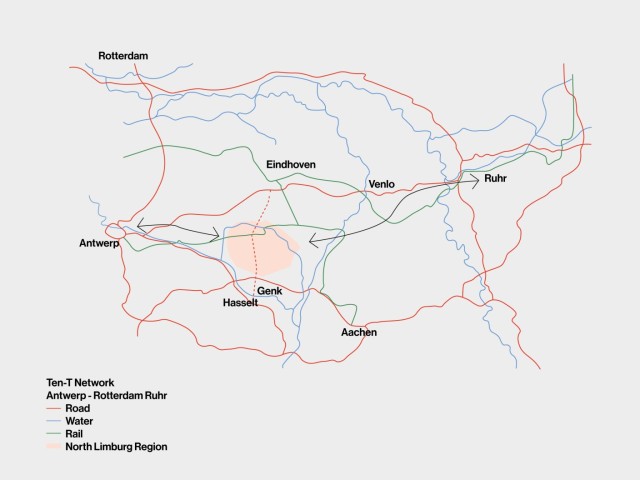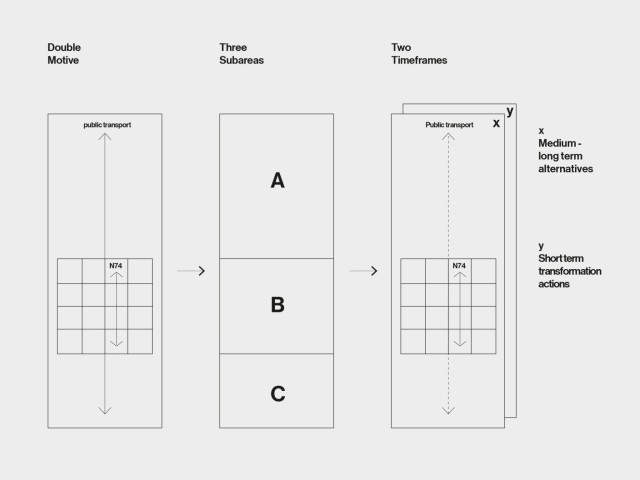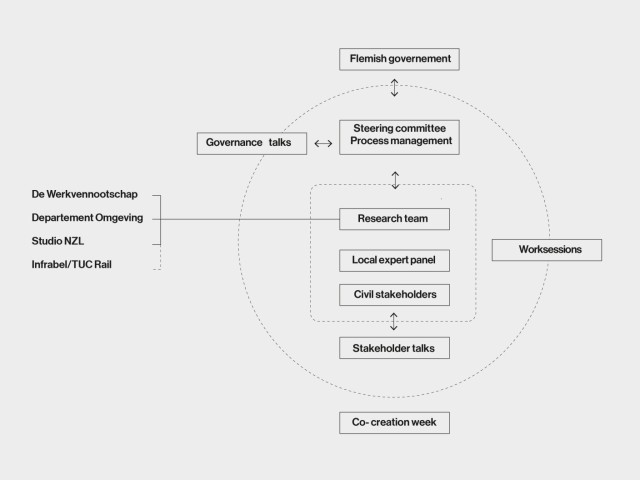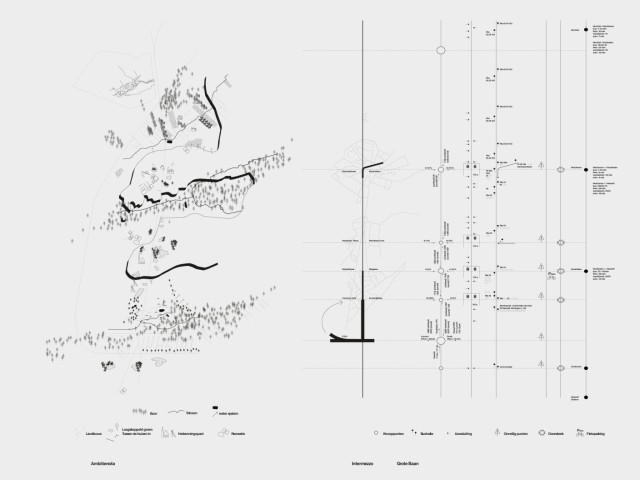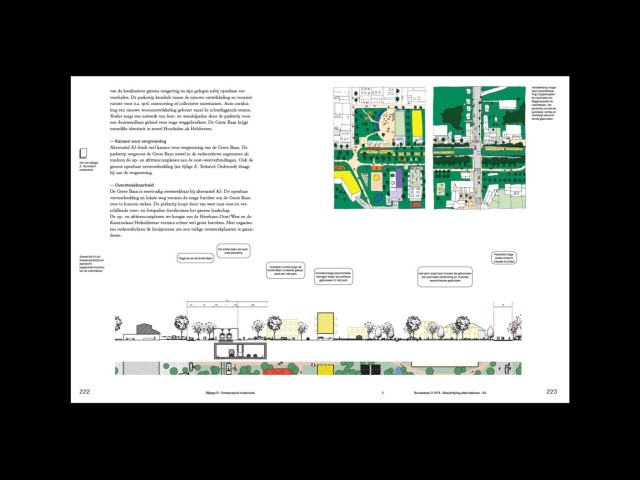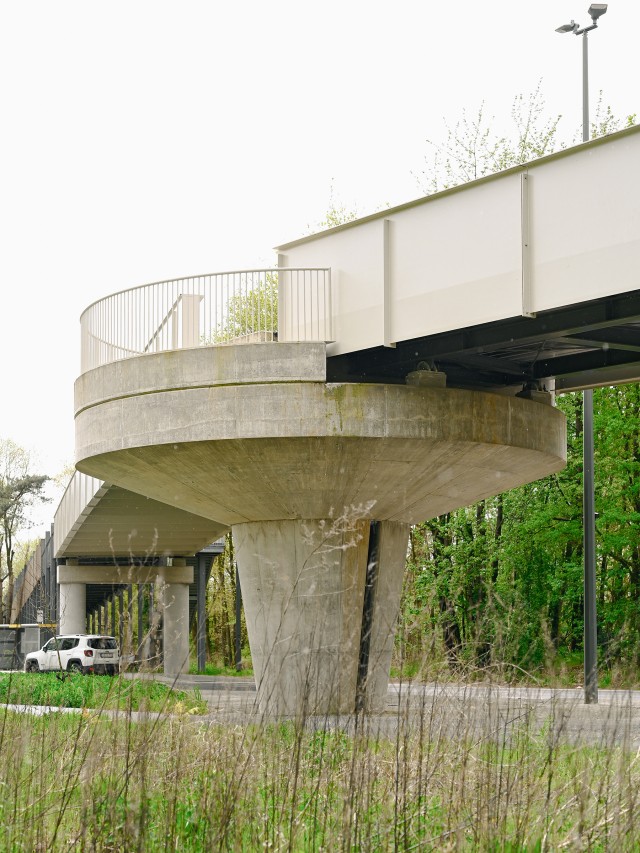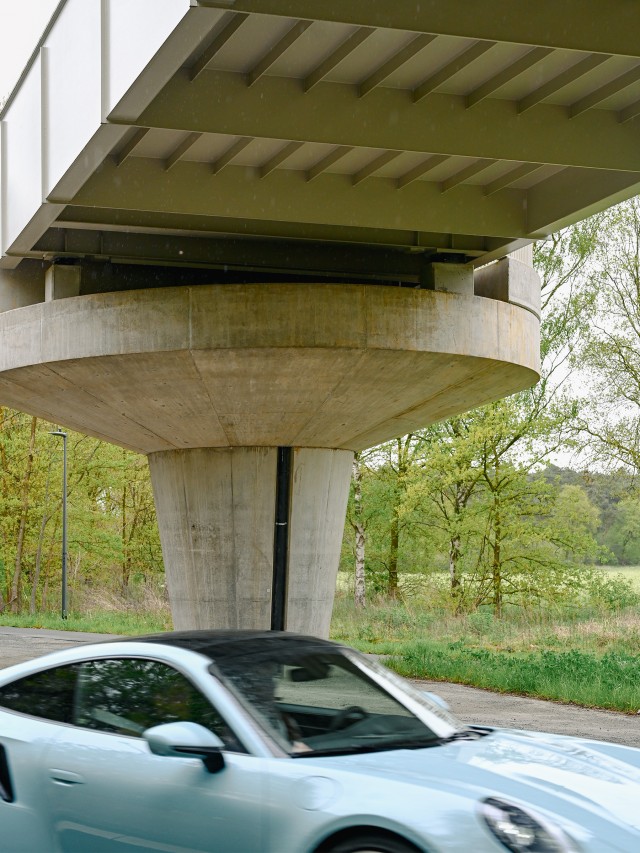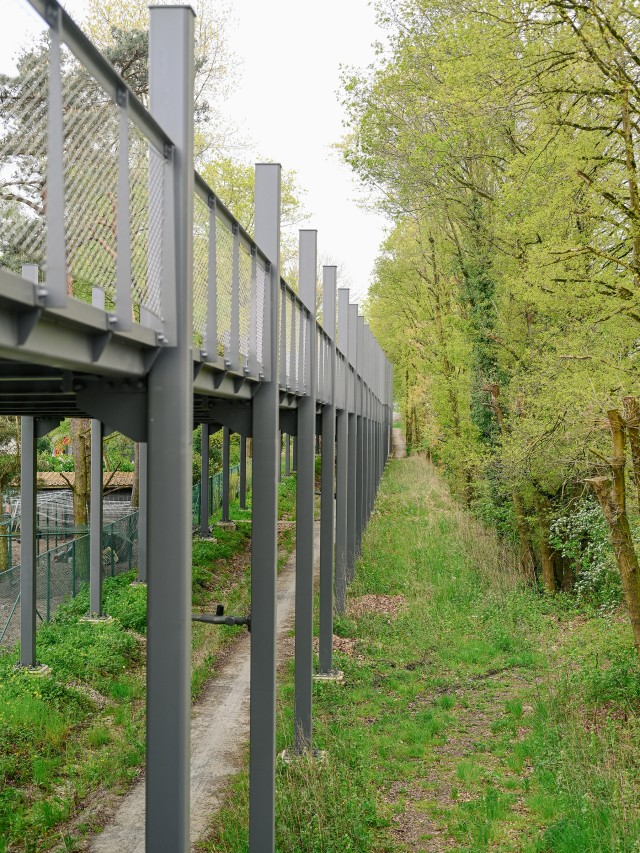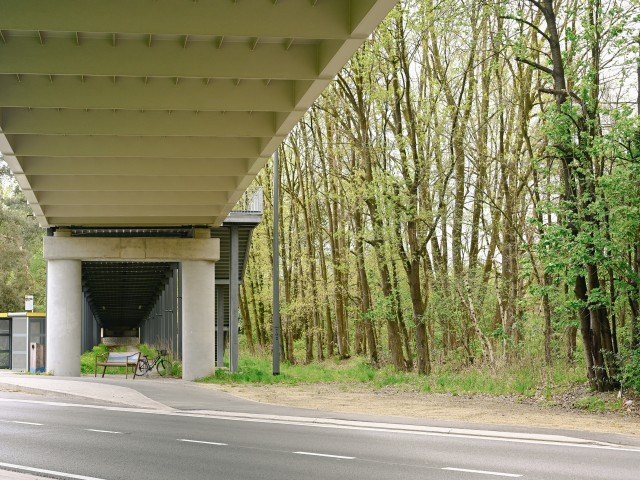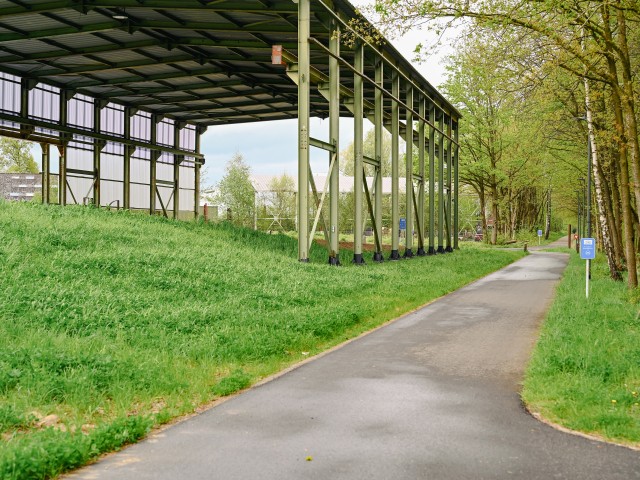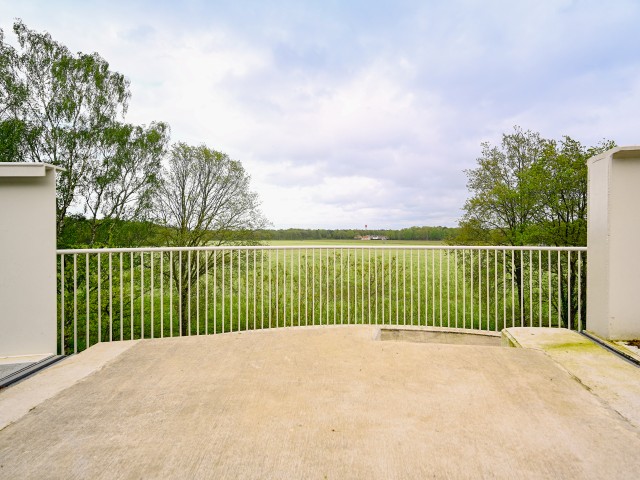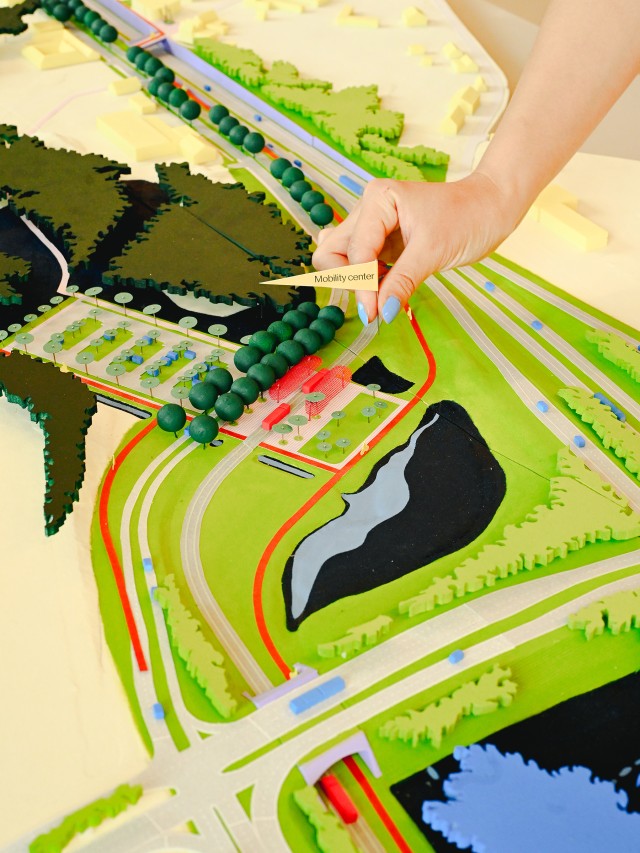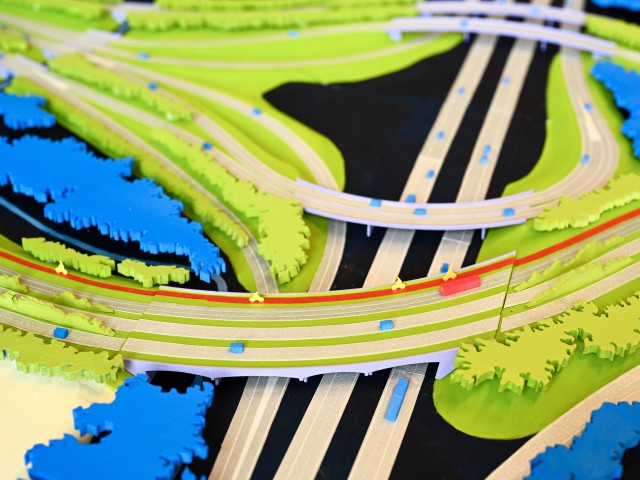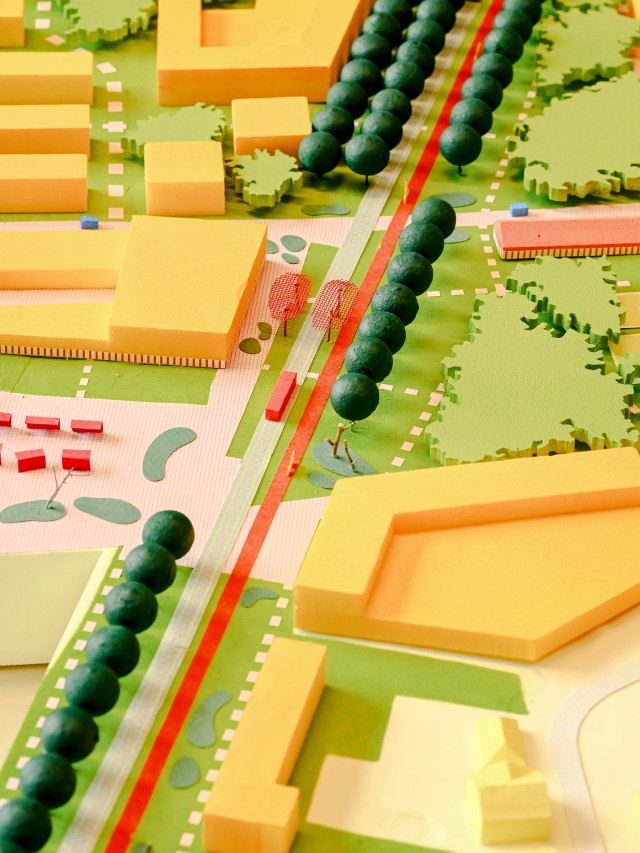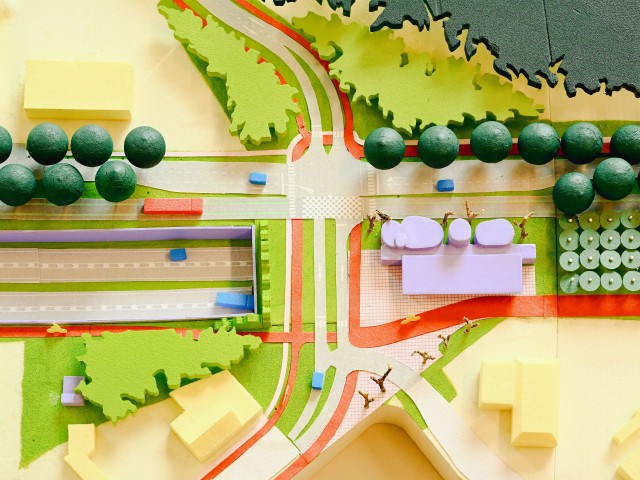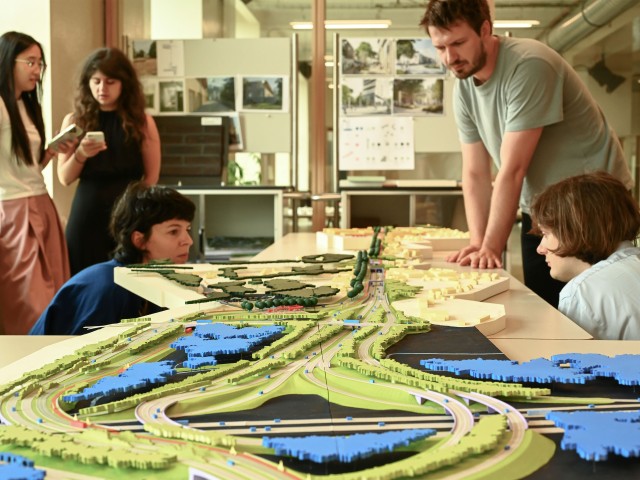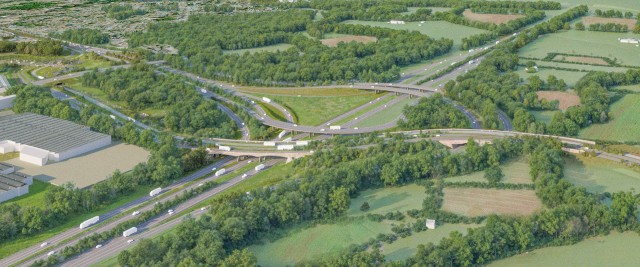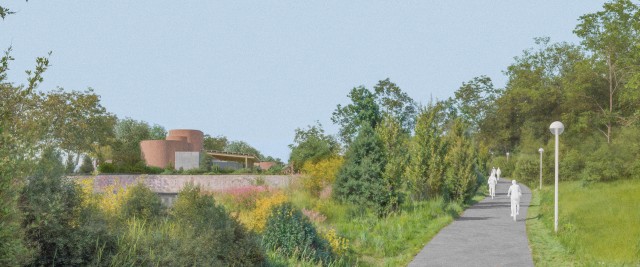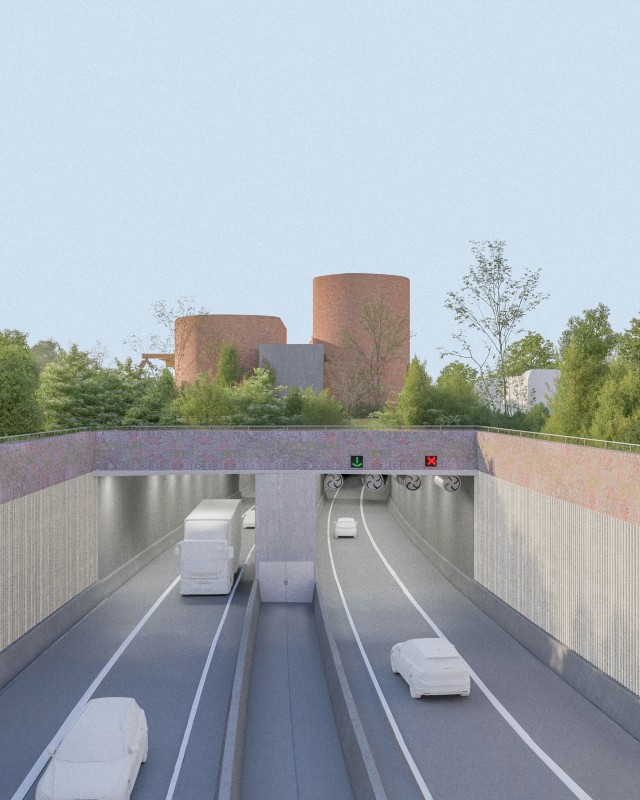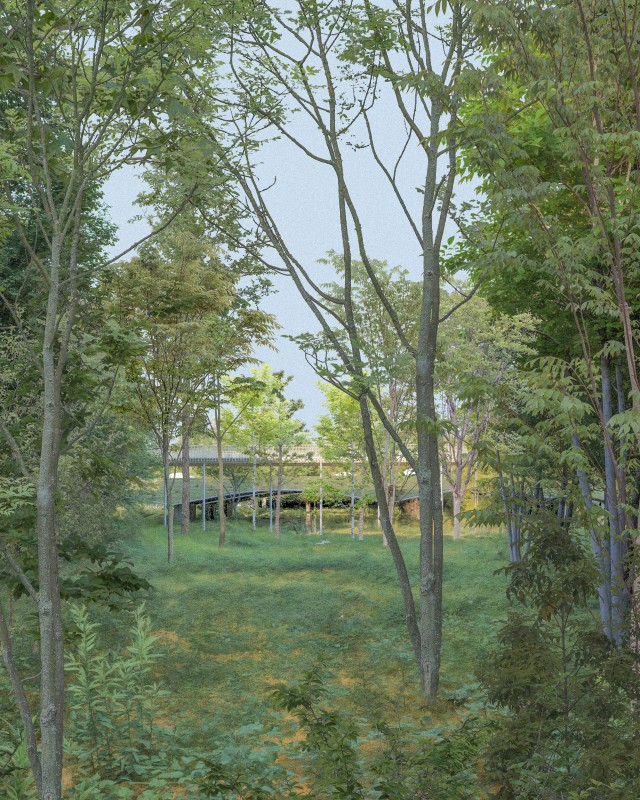Noord Zuid Limburg
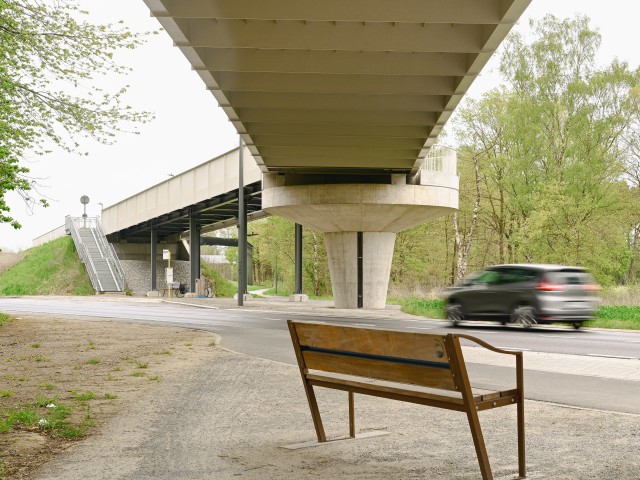
The province of Limburg, in the northern part of Belgium, has always been a rather remote area within the Belgian network. Home to more than 800,000 people and some major industries, the area is vast but fragmented and therefore challenging to connect and weave together. Today the car is still the main mode of transport. A major investment in the missing link between Hasselt (BE) and Eindhoven (NL) should enable part of the province to take a huge leap forward into a new future, in which public transport is the main focus, protected ecological areas are restored, and development is smart and sensible. The project consists in the research, design and implementation of public transport, bicycle infrastructure and smart road connections with the integration of landscape and different types of use. To realize this shift, a proposal was developed to address the challenge from two perspectives. The first focuses on the long-term future and what the area could look like in the coming decades. The second reuses this long-term vision and develops short-term actions that begin to enable the changes the area will need to go through.
-
Location
Limburg, Belgium
-
Client
Flemish Government (De werkvennootschap)
-
Completion
2018 - ongoing
-
In collaboration with
Tractebel, Arcadis, Maat ontwerpers, UHasselt
-
51N4E project team
Harold Vermeiren, Chloé Nachtergael, Matteo Novarino, Sotiria Kornaropoulou, Freek Persyn, Dieter Leyssen, Olga Konstantinovic, Kevin Westerveld, Pieter Vandekerkhof, Jitse Massant, Ruben Janssens, Wim Menten, Aya Akbib, Marie Brackeniers, Seppe De Blust, Johanna Bendlin, Leonie Van Bellingen, Maria Petkova, Janik Beckers, Pierre Labergue, Eva De Bruyn, Victor Angelard, Eva Cicvaric, Stefano Dell'Oro, Hunter Doyle, Sacha Trouiller, Sander Wallays, Olivia Tofte Abelin, Cindy Duan, Giulia Massenz, Gianmarco Causi, Stan Vrebos and Jan Vanduffel
-
51N4E involvement
Spatial research, planning and design. (The development of short term actions and the support of long term process planning)
-
Photography by
Sepideh Farvardin
